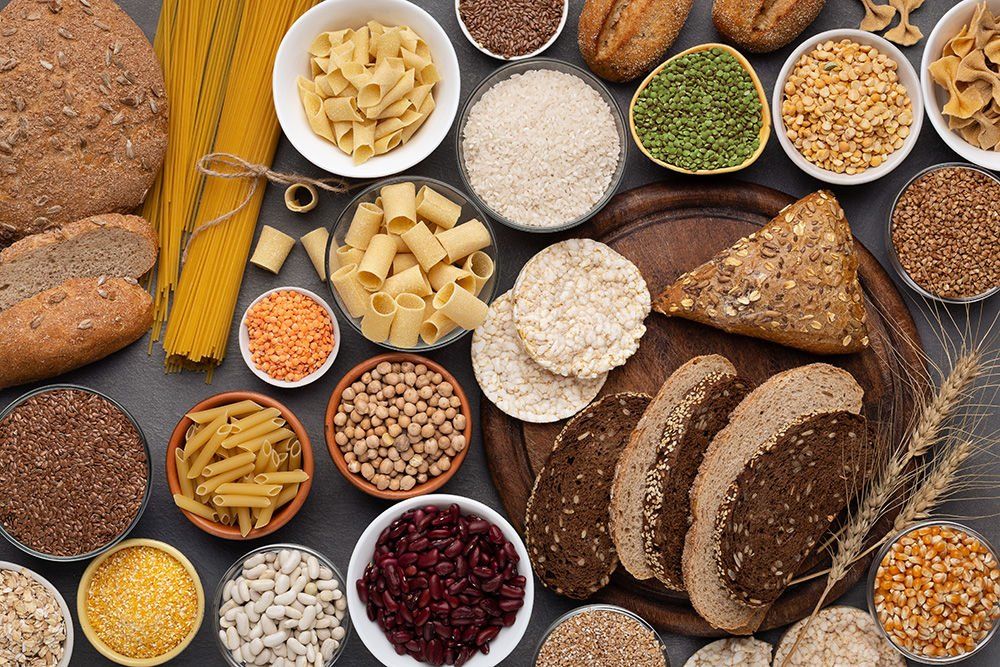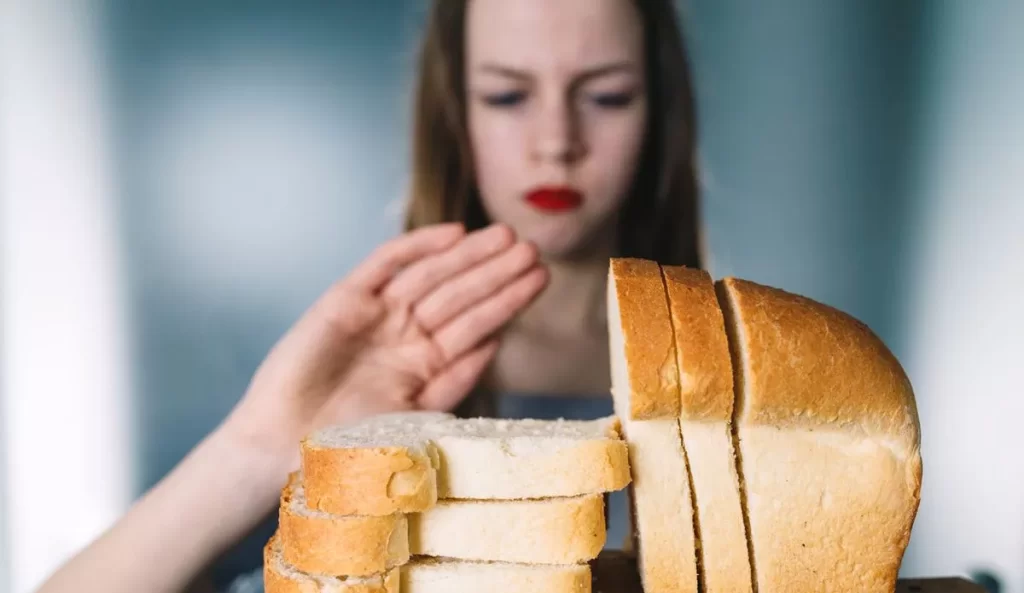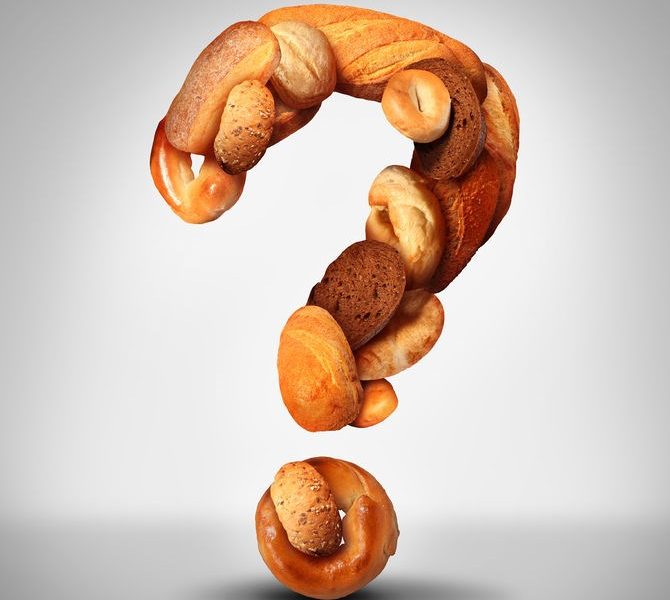
Gluten is the name given to a protein found in grains that people have consumed throughout history. Therefore, when we talk about these gluten-containing foods, a large number of foods fall into this group. This natural protein also has a thickening and binding structure. For this reason, it is highly preferred in the food industry. It is in many foods that we consume every day and that we probably think are healthy eating. It is also used in many packaged foods as it extends the shelf life of foods.
Benefits of a Gluten-Free Diet

One of the most obvious signs of gluten is that the person shows fatigue, bloating, nausea and vomiting after feeding. You can avoid these problems by eliminating gluten from your life. Eating gluten-free helps you focus more easily. In particular, it prevents you from feeling tired and lethargic all the time, allowing you to be more active in your daily life.
The common symptom of Celiac disease caused by gluten is the absorption difficulty seen with the damage of the intestinal tissue. People with celiac disease have iron deficiency, which causes anemia.
– According to the information obtained from the researches, it has been determined that the symptoms of children with autism decrease in the type of diet that does not include gluten.
- There are even weak nails among the gluten damages. It has been observed that people with a gluten-free diet have healthier and stronger nails.
- Just like nails, hair can become weak due to these foods. Especially if you have a very shedding and sparse hair structure, you can set gluten-free nutrition periods for yourself at certain intervals.

How to Identify a Gluten Intolerance?
Gluten intolerance shows very similar symptoms to celiac disease. In order to diagnose this disease, tests used in gluten-related diseases are applied. If there is no anomaly in the results and the symptoms continue to be seen, gluten is removed from the nutrition program. If the patient’s complaints decrease or disappear completely in the next period, the diagnosis of gluten intolerance is finalized.
What Foods Can Be Consumed?
Foods such as rice, corn, chickpeas, millet, buckwheat, amaranth, quinoa are cereals that can be used as gluten substitutes for those with gluten sensitivity and celiac patients. In addition, foods such as flour, pasta, vermicelli, chocolate, crackers and semolina on the shelves and labeled ‘Gluten Free’ can be preferred by celiac patients.
Foods to Avoid on a Gluten-Free Diet
• In your gluten-free diet, you should stay away from products labeled with gluten, and breads containing wheat, barley and rye flours.
• You should avoid consuming foods such as sausages, salami and instant soups as they contain gluten as a thinner and fat retainer.
• Apart from these, malt, malt flavored beers are also drinks that you should not consume while on a gluten-free diet.




No Comment! Be the first one.